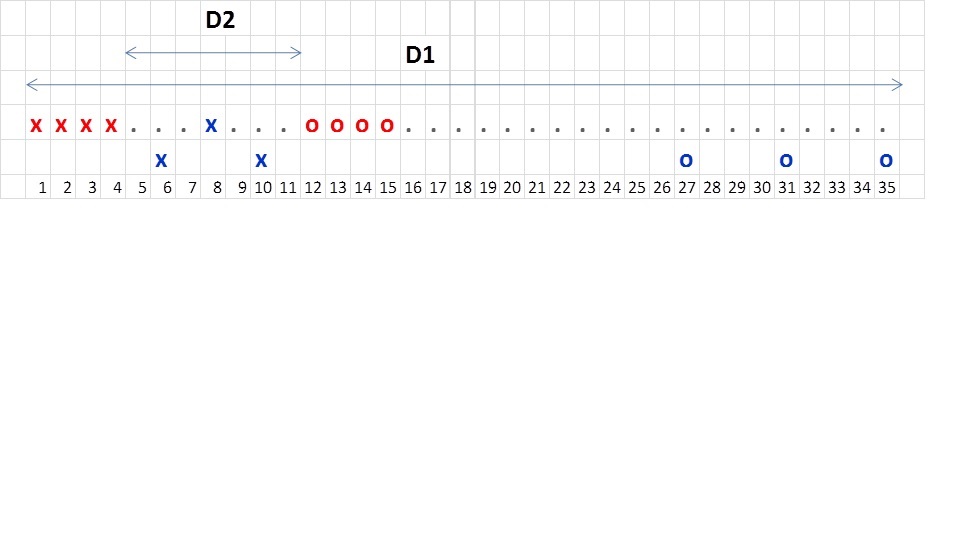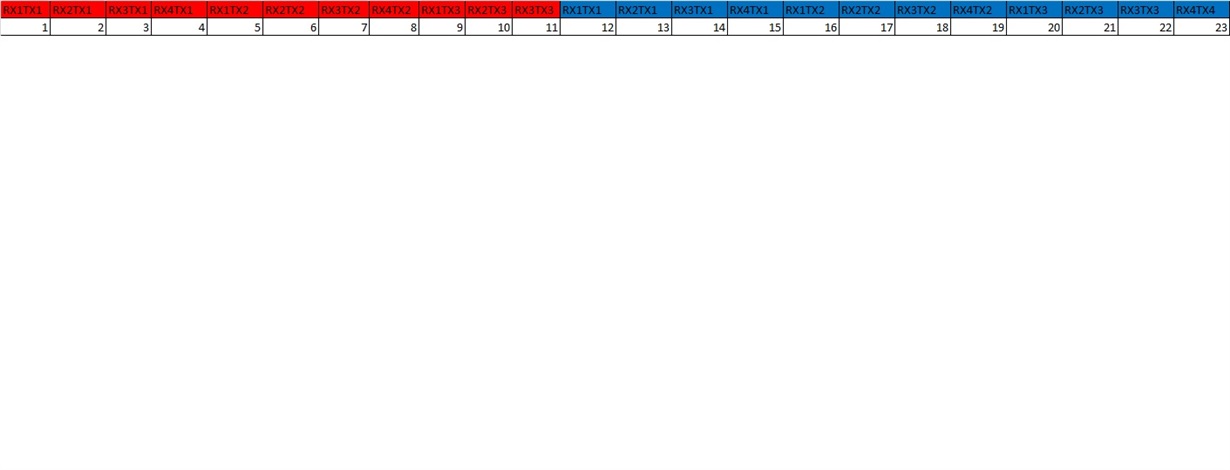Hello,
I was looking at the cascade design shown in the presentation and I was wondering if the antenna placement could be explained a bit more:
From my basic understanding, if the receive antennas are placed with lambda/2 spacing, the tx antennas are placed at 2xLambda (4 x (lambda/2)). You guys seem to have done that for master and slave seperatly but there is a huge "deadspace" in between the master and slave. So there isn't consistent spacing between the tx antennas or rx antennas.
Wouldn't this result in there being no virtual antennas in that "deadspace"? Would the design that is presented here be the same as if the all the 8 Rx antennas were separated by lambda/2 and each of the 6 TX antennas were separated by 8 x lambda/2 = 4xlambda?
Thank you,
Faiz



